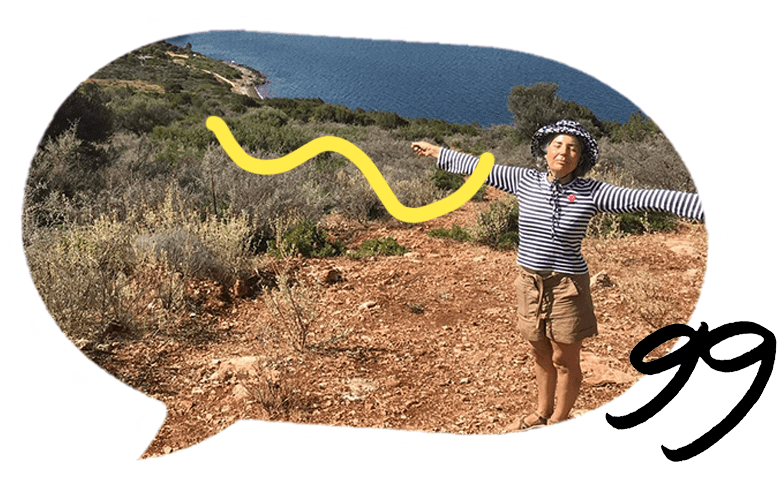Waldenstrom’s macroglobulinaemia is a rare type of blood cancer that affects the white blood cells in the bone marrow. It’s a type of non-Hodgkin lymphoma and also called a lymphoplasmacytic lymphoma (LPL) or B-cell lymphoma. At the moment there is no cure.
Your blood is made up of different parts: red blood cells, white blood cells, plasma cells and platelets. These cells are made inside your bones, in what’s known as your bone marrow. Sometimes, the process goes wrong and the cells develop incorrectly, or abnormally.
With WM, a type of white blood cell called B-cells, or B lymphocytes, develop abnormally and crowd out the other, healthy, cells. This means the healthy cells can’t do their jobs properly, causing many of the symptoms people with WM feel.

There are lots of different symptoms linked to WM and they vary from person to person.
The most common symptoms include: dizziness or headaches, poor concentration or confusion, blurring or loss of vision, swollen glands, fever and night sweats, fits of weakness in facial muscles, fatigue, weakness, or breathlessness, unexplained weight loss, repeated infections, lumps or masses, bruising or bleeding easily, numbness or tingling in fingers or toes.
Your symptoms are an important way for your healthcare team to monitor your WM, and decide if you need treatment, or further tests.
Symptoms might not be caused by your WM, but instead a related condition that needs treatment. So make sure you mention any symptoms to your healthcare team, no matter how mild they might seem.
Blood tests, a bone marrow biopsy, CT and PET scans are all used to diagnose WM. You may be referred for a test if your GP is concerned about your symptoms. Around a quarter of patients are diagnosed ‘by chance’ after a routine blood test.



We don’t yet know why people develop WM. Gene mutations have been found in some WM patients and a family history of WM, B-cell lymphoma, or chronic lymphocytic leukaemia may also slightly increase your risk.
Researches are gathering information to try and better understand what causes WM and how it develops.
WM develops very slowly and often doesn’t need to be treated immediately. Many patients are put on a treatment plan called ‘active monitoring’ which is a recommended way to care for people with slow-growing cancers like WM.
Treatment has harsh side effects and there is no evidence that being treated earlier has any benefits. Through active monitoring, doctors postpone treatment until it can have the maximum impact.
While there is no cure for WM, it responds well to treatment, The type of treatment you’re offered will depend on your individual circumstances. Your first course of treatment is called a ‘first-line’ treatment, and for most people this is chemotherapy.
Over time, the abnormal cells in your body may start to increase again, and you might need a second-line, or even third-line course of treatment. These might include chemotherapy, but could also include BTK inhibitors and stem cell transplants.
Jan G. Waldenström (1906–1996) was a Swedish oncologist and scientist who discovered the disease we now call Waldenstrom’s macroglobulinaemia (WM) in 1944.
A new diagnosis can be overwhelming, but you’re not alone. As a WMUK community, we’re here to support you and help you live well with WM.
We have online resources and you can also speak in person to a WM-expert, drop into our coffee and chat sessions and meet others through our Support Groups and buddy service.
In rare cases, WM can transform into a faster-growing lymphoma. While this is uncommon, knowing the symptoms can help you get early diagnosis and treatment.